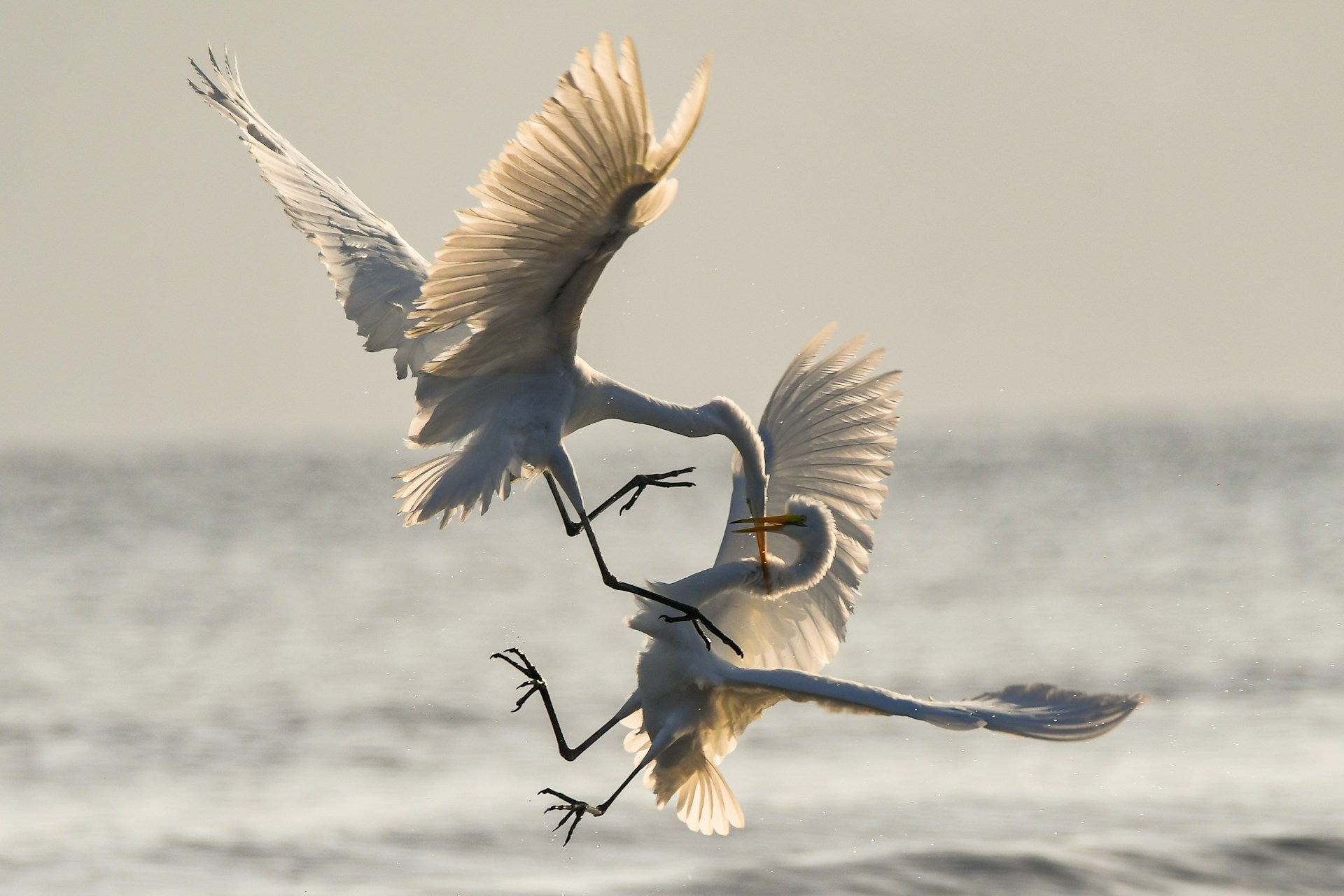Natural selection is often thought to “perfect” an organism. Yet, real organisms show lots of diversity in their behaviours and morphology. We show that competition for resources can either maintain trait diversity at a constant high level, or lead to wild cycles in trait evolution. Continuous differences in resources like those found in nature are an important part of these outcomes.
Views 3016
Reading time 3 min
published on Aug 31, 2024
“Survival of the fittest” is synonymous with adaptive evolution. This catchy phrase suggests that all individuals within a population become identical over time by developing “THE fittest” heritable traits. Yet, in nature, we observe many differences between individuals. For example, sticklebacks (tiny fish) in the same lake often have different diets, and many birds show “personality”, or consistent differences in their behaviours.
Small differences between individuals can often be explained by a balance between random mutations and natural selection. Mutation is a random process, so it can have positive or negative impacts on an individual and its ability to reproduce. Biologists quantify this through an individual’s “fitness”. However, selection slowly removes mutations that lead to low fitness from a population. Because selection is not instant, such mutations can remain in a population for some time. Slow selection against harmful mutations can thus maintain small amounts of individual variability.
Our study aimed to identify mechanisms that cause higher levels of individual variability than mutation-selection balance alone. We focussed on a trait that determines how well an individual can compete within its own species for resources. We suggested that differences in the quality of resources lead to differences in how competitive individuals are.
We used an individual-based computer simulation that tracked the evolution of competitiveness in a large population over many generations. We assumed that individuals compete against each other for the best resources and that reproductive success (fitness) depends on both the quality and quantity of resources obtained. Therefore, in each generation, the most competitive individual attained the best available resources, the second most competitive individual attained the second-best available resources, and so on. However, we also assumed that highly competitive individuals had to use more resources to maintain their competitiveness, and therefore could invest less resources into reproduction. A relation like this is called a “trade-off”; here, high competitiveness trades-off with the amount of resources individuals can invest into reproduction. We used this computer simulation to investigate how different distributions of resource quality affect the evolution of competitiveness, and whether this trade-off can explain the maintenance of individual variability.
We discovered that different distributions of resource quality lead to two alternative outcomes. In one scenario, the average competitiveness of individuals remains constant, but each individual can vary widely from the average. The other alternative is a repeated cycle between periods in which all individuals are highly competitive and periods in which all individuals are much less competitive (with very little individual variability at any time). Such cycles represent an arms race. Being just slightly more competitive than others always gives individuals an advantage and causes a gradual increase in average competitiveness of the whole population. Eventually, this leads to states of high competitiveness that are very costly. This allows much weaker competitors, who do not bear the cost of high competitiveness, to replace the strong competitors and restart the arms race.
So, when should populations have constant, high variation in competitiveness, and when should they cycle through arms races? We found that more individual variability occurs when there is little difference in resource quality, or when populations are so small that no bad quality resources need to be used by any individual. We also discovered that individual variability is more likely to occur when resource quality varies and good resources are rare. Given that good resources are usually infrequent in nature, this provides a possible explanation of why we observe so much individual variability in populations.
In summary, large differences between individuals’ competitiveness is a natural consequence of differences in the quality of available resources and the cost for individuals to be competitive. Evolution does not necessarily result in all individuals being similar. Yet, the common phrase of “survival of the fittest” still holds true. Our study shows that when evolution leads to individuals that differ greatly from each other, they still have the same fitness. The cost associated with being more competitive creates subtle balances that allow weaker individuals to have the same fitness as their stronger competitors.
Original Article:
K. Reinhold, L. Eigentler, David W. Kikuchi: Evolution of individual variation in a competitive trait: a theoretical analysis. J. Evol. Biol. voae036, DOI: 10.1093/jeb/voae036
 Evolution & Behaviour
Evolution & Behaviour



